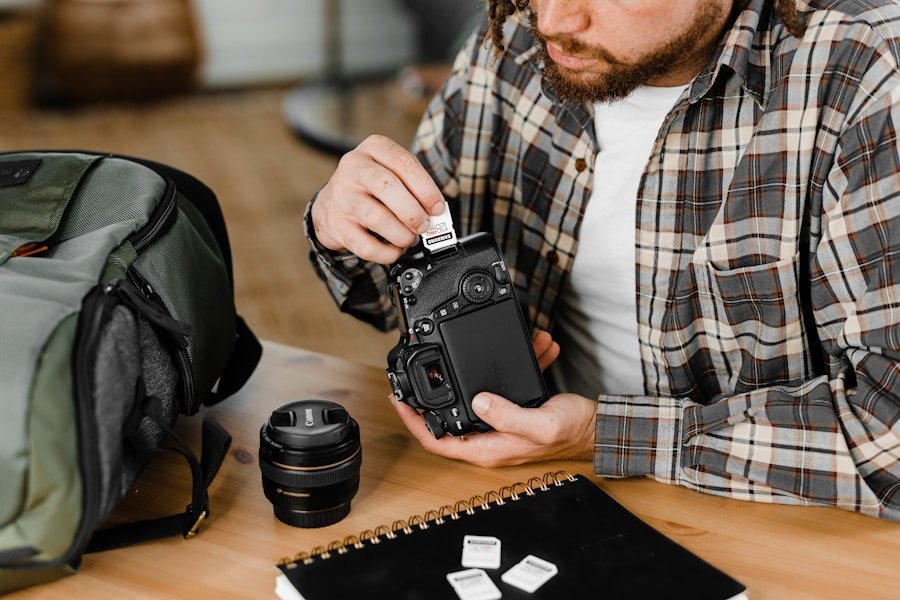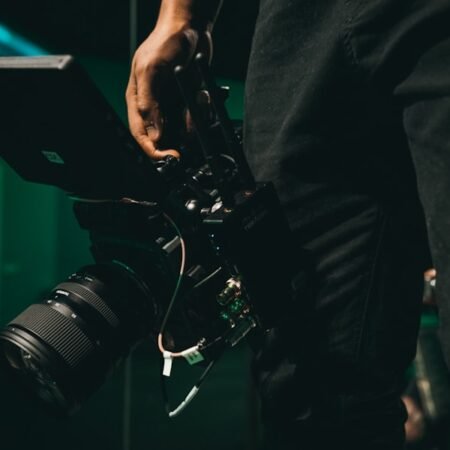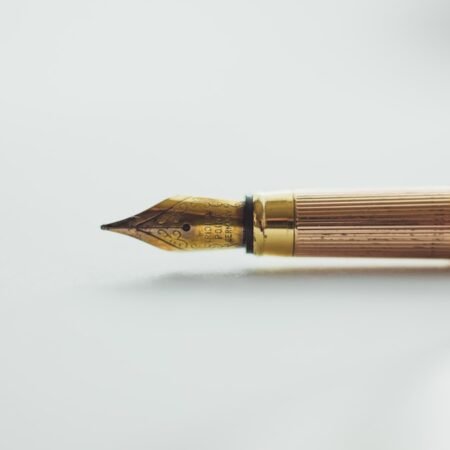When it comes to photography, having the right camera bag is essential for keeping your gear safe and organized. Whether you’re a professional photographer or a hobbyist, finding the perfect carry-all for your equipment is crucial. There are a variety of camera bags on the market, ranging from backpacks to messenger bags to rolling cases. It’s important to consider the type of photography you do and the amount of gear you need to carry when choosing a camera bag. For photographers who are constantly on the move, a backpack with padded compartments for cameras, lenses, and accessories is a great option. If you’re a street photographer or travel photographer, a messenger bag with quick access to your gear may be more suitable. For those who have a large amount of equipment, a rolling case with customizable dividers can provide the space and protection needed. Ultimately, the perfect camera bag is one that fits your specific needs and provides easy access to your gear while keeping it safe and secure.
In addition to considering the type of photography you do, it’s important to think about the features you need in a camera bag. Look for a bag with durable, weather-resistant materials to protect your gear from the elements. Padded shoulder straps and back panels can provide comfort when carrying heavy equipment for long periods of time. Some bags also come with built-in rain covers to provide extra protection during inclement weather. It’s also important to consider the accessibility of the bag, with features such as quick-release buckles, zippers, and compartments for easy organization. Additionally, look for a bag with security features such as lockable zippers and hidden pockets to keep your gear safe from theft. With so many options available, finding the perfect camera bag may take some time and research, but investing in a high-quality bag will ensure that your gear is protected and easily accessible for all your photography adventures.
Tripod: The Key to Stable, Clear Shots in Any Location
A tripod is an essential tool for any photographer looking to capture stable, clear shots in any location. Whether you’re shooting landscapes, portraits, or long exposures, a tripod provides the stability needed to eliminate camera shake and capture sharp images. There are a variety of tripods on the market, ranging from lightweight travel tripods to heavy-duty professional models. When choosing a tripod, it’s important to consider the weight and size of your camera gear, as well as the type of photography you do. For photographers who are constantly on the move, a lightweight carbon fiber tripod is a great option for its portability and durability. If you’re shooting in rugged terrain or extreme weather conditions, a heavy-duty aluminum tripod may be more suitable for its stability and strength.
In addition to considering the weight and size of the tripod, it’s important to think about the features you need. Look for a tripod with adjustable legs and a center column to provide flexibility in positioning your camera at different heights and angles. Some tripods also come with built-in level indicators and bubble levels to ensure that your shots are perfectly straight and aligned. It’s also important to consider the type of head that comes with the tripod, whether it’s a ball head, pan-tilt head, or gimbal head. Each type of head offers different levels of control and smoothness when adjusting the position of your camera. Ultimately, the perfect tripod is one that provides stability, durability, and flexibility in positioning your camera for the perfect shot.
Lens Filters: Enhancing Your Photos with Polarizers, ND Filters, and UV Filters
Lens filters are essential accessories for enhancing your photos and protecting your lenses from damage. There are a variety of lens filters available, each serving a different purpose in improving the quality of your images. Polarizing filters are great for reducing glare and reflections from surfaces such as water and glass, resulting in more vibrant colors and increased contrast in your photos. ND (neutral density) filters are useful for reducing the amount of light that enters your lens, allowing you to use longer shutter speeds or wider apertures in bright conditions. This is especially useful for capturing motion blur in waterfalls or smoothing out clouds in long exposure photography. UV (ultraviolet) filters are primarily used for protecting your lenses from dust, moisture, and scratches, while also reducing haze and increasing clarity in your images.
When choosing lens filters, it’s important to consider the size and thread diameter of your lenses to ensure compatibility. Look for high-quality filters made from optical glass or resin materials to maintain the sharpness and clarity of your images. It’s also important to consider the thickness of the filter, as thinner filters can reduce the likelihood of vignetting when using wide-angle lenses. Additionally, some filters come with multi-coatings to reduce reflections and improve light transmission, resulting in better image quality. Ultimately, investing in a variety of lens filters can greatly enhance the versatility and quality of your photography, allowing you to capture stunning images in a wide range of lighting conditions.
Remote Shutter Release: Taking Control of Your Camera from a Distance
A remote shutter release is an essential tool for photographers looking to take control of their camera from a distance. Whether you’re shooting landscapes, wildlife, or long exposures, a remote shutter release allows you to trigger your camera without physically touching it, reducing the risk of camera shake and ensuring sharp images. There are two main types of remote shutter releases: wired and wireless. Wired remote shutter releases connect directly to your camera’s shutter release port and provide a simple and reliable way to trigger your camera from a distance. Wireless remote shutter releases use radio frequency or infrared signals to trigger your camera remotely, providing greater flexibility in positioning and distance.
When choosing a remote shutter release, it’s important to consider the compatibility with your camera model and the range of operation needed for your photography. Look for a remote shutter release with a durable construction and ergonomic design for comfortable use in various shooting conditions. Some remote shutter releases also come with additional features such as intervalometer functions for time-lapse photography or bulb mode for long exposures. It’s also important to consider the power source of the remote shutter release, whether it uses batteries or is powered by the camera itself. Ultimately, investing in a remote shutter release can greatly expand your creative possibilities in photography, allowing you to capture stunning images from unique perspectives and distances.
Portable External Hard Drive: Safeguarding Your Precious Memories on the Go
A portable external hard drive is an essential accessory for photographers looking to safeguard their precious memories on the go. Whether you’re shooting professionally or as a hobbyist, having a reliable backup solution is crucial for protecting your images from loss or corruption. Portable external hard drives provide ample storage space for storing large volumes of photos and videos, allowing you to free up space on your memory cards and keep your files organized. When choosing a portable external hard drive, it’s important to consider factors such as storage capacity, data transfer speed, durability, and compatibility with your devices.
Look for a portable external hard drive with ample storage capacity to accommodate your growing collection of photos and videos. Consider factors such as file size and resolution when estimating how much storage space you’ll need for your images. It’s also important to consider the data transfer speed of the hard drive, whether it uses USB 3.0 or Thunderbolt connections for fast file transfers between devices. Durability is another important factor to consider when choosing a portable external hard drive, especially if you’re shooting in rugged terrain or extreme weather conditions. Look for hard drives with shock-resistant enclosures and rugged construction to protect your files from damage during travel or outdoor shoots.
In addition to considering storage capacity, data transfer speed, and durability, it’s important to think about compatibility with your devices when choosing a portable external hard drive. Look for hard drives that are compatible with both Mac and PC operating systems to ensure seamless file transfers between different devices. Some hard drives also come with additional features such as built-in encryption or cloud backup services for added security and peace of mind. Ultimately, investing in a portable external hard drive is crucial for safeguarding your precious memories on the go, providing peace of mind knowing that your images are safely backed up and accessible whenever you need them.
Camera Cleaning Kit: Keeping Your Gear in Top Shape for the Perfect Shot
A camera cleaning kit is an essential accessory for photographers looking to keep their gear in top shape for the perfect shot. Whether you’re shooting professionally or as a hobbyist, maintaining clean lenses and sensors is crucial for capturing sharp images with optimal clarity and detail. A camera cleaning kit typically includes items such as lens cleaning solution, lens tissues or microfiber cloths, sensor swabs, blower brushes, and lens pens for removing dust, smudges, and debris from your gear. When choosing a camera cleaning kit, it’s important to consider factors such as compatibility with your lenses and sensors, ease of use, and portability for travel.
Look for a camera cleaning kit that includes high-quality cleaning solutions and cloths specifically designed for lenses and sensors to avoid scratching or damaging delicate surfaces. It’s also important to consider the size and portability of the cleaning kit when shooting on location or traveling. Some camera cleaning kits come in compact cases or pouches that can easily fit into your camera bag or backpack for convenient access when needed. Additionally, look for cleaning tools that are easy to use and provide effective results without leaving streaks or residue on your lenses or sensors.
In addition to considering compatibility with your gear and portability, it’s important to think about additional features that may be included in a camera cleaning kit. Some kits come with anti-static brushes or lens pens with built-in brushes for removing stubborn debris from lenses or sensors. Others may include sensor cleaning swabs specifically designed for removing dust particles from digital camera sensors without causing damage. Ultimately, investing in a high-quality camera cleaning kit is essential for maintaining clean lenses and sensors, ensuring that your gear is always ready for the perfect shot.
Portable Lighting: Illuminating Your Subjects in Any Environment
Portable lighting is an essential accessory for photographers looking to illuminate their subjects in any environment. Whether you’re shooting portraits, events, or product photography, having versatile lighting options can greatly enhance the quality of your images. There are a variety of portable lighting solutions available, ranging from LED panels to speedlights to continuous lights. When choosing portable lighting, it’s important to consider factors such as power output, color temperature, versatility, and portability.
LED panels are popular portable lighting options due to their compact size, low heat output, and adjustable color temperature settings. They provide soft, diffused light that is ideal for illuminating subjects in various shooting conditions. Speedlights are another popular choice for portable lighting due to their versatility and power output. They can be used on-camera or off-camera with wireless triggers to provide directional light that can be modified with diffusers or reflectors for different effects. Continuous lights are useful for video production as well as still photography, providing constant illumination that allows you to see how light falls on your subjects in real-time.
In addition to considering power output and versatility, it’s important to think about color temperature when choosing portable lighting. Look for lights with adjustable color temperature settings that allow you to match the ambient light or create specific lighting effects. Some portable lighting solutions also come with additional features such as built-in diffusers or modifiers for controlling the quality of light on your subjects. It’s also important to consider portability when choosing portable lighting options, especially if you’re shooting on location or traveling frequently. Look for lights that are lightweight and compact enough to fit into your camera bag or backpack for easy transport.
Ultimately, investing in portable lighting is essential for illuminating your subjects in any environment, providing creative control over the quality and direction of light in your images. Whether you’re shooting portraits in natural light or creating dramatic lighting effects in low-light conditions, having versatile lighting options can greatly enhance the impact of your photography.
In conclusion, having the right accessories can greatly enhance the quality of your photography by providing creative control over various aspects of image-making such as stability, clarity, color enhancement, remote operation, data storage & protection , gear maintenance & illumination . From finding the perfect carry-all bag for your gear , stable tripod , enhancing filters , remote shutter release , safeguarding external hard drive , keeping gear clean & illuminated , investing in high-quality accessories can greatly expand your creative possibilities & ensure that you’re always ready for capturing stunning images . Whether you’re shooting professionally or as a hobbyist , having these essential accessories will help you take control over various aspects of photography & ensure that you’re always prepared for any shooting situation .







